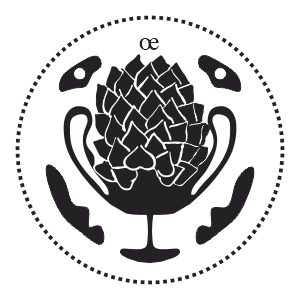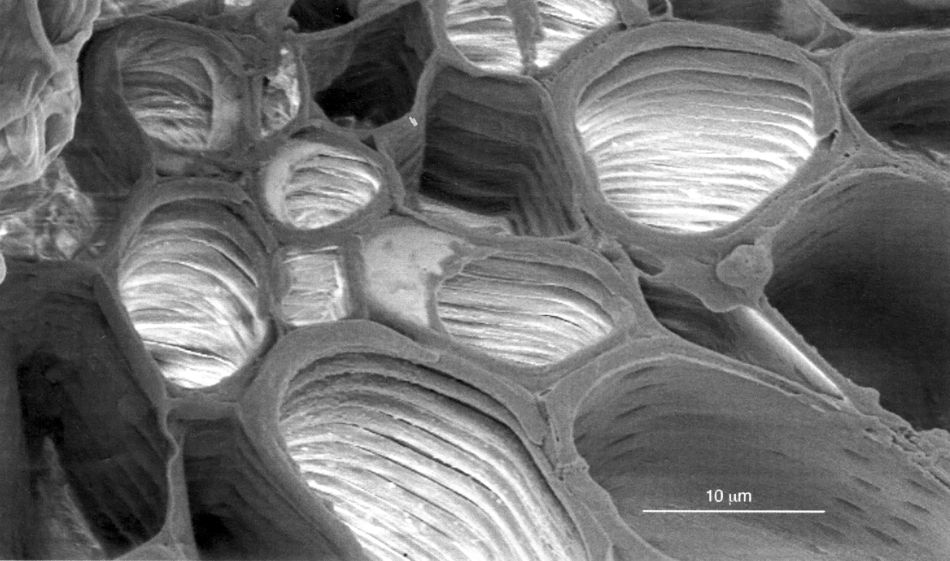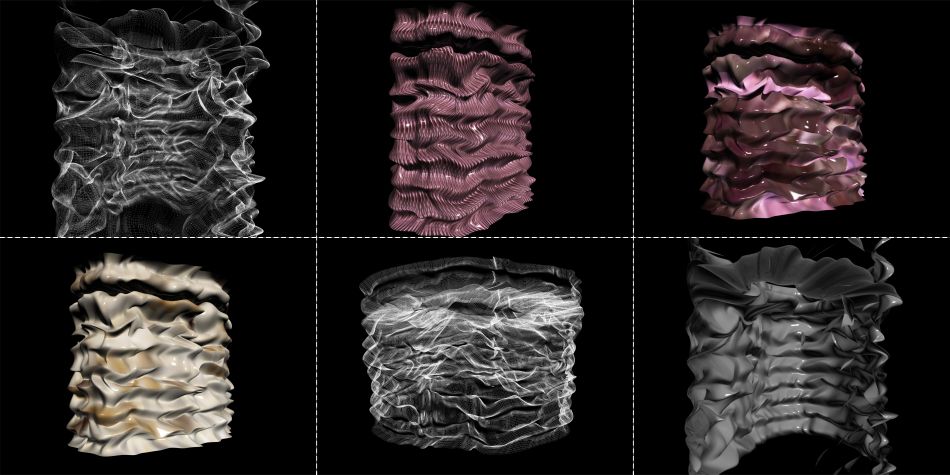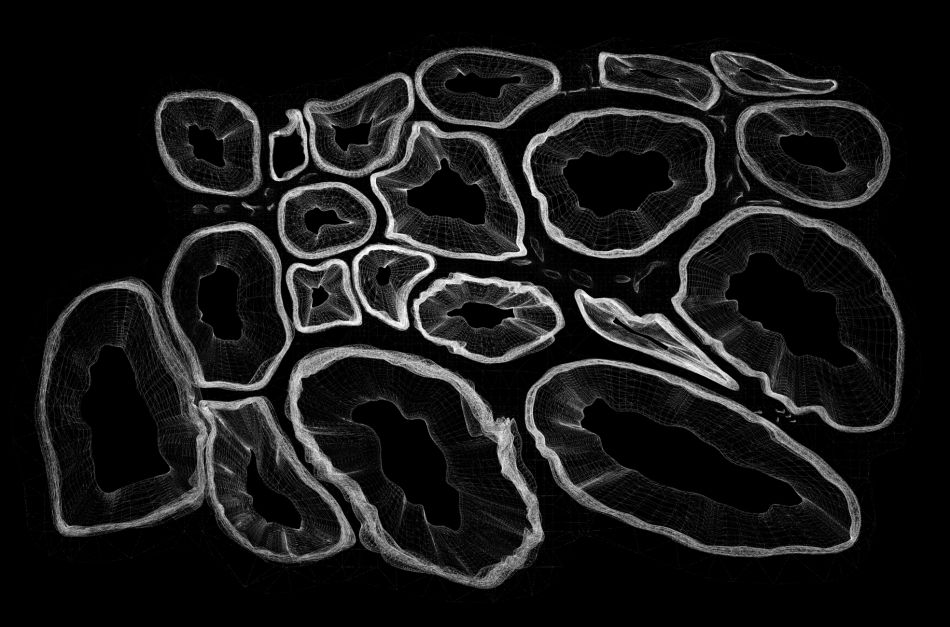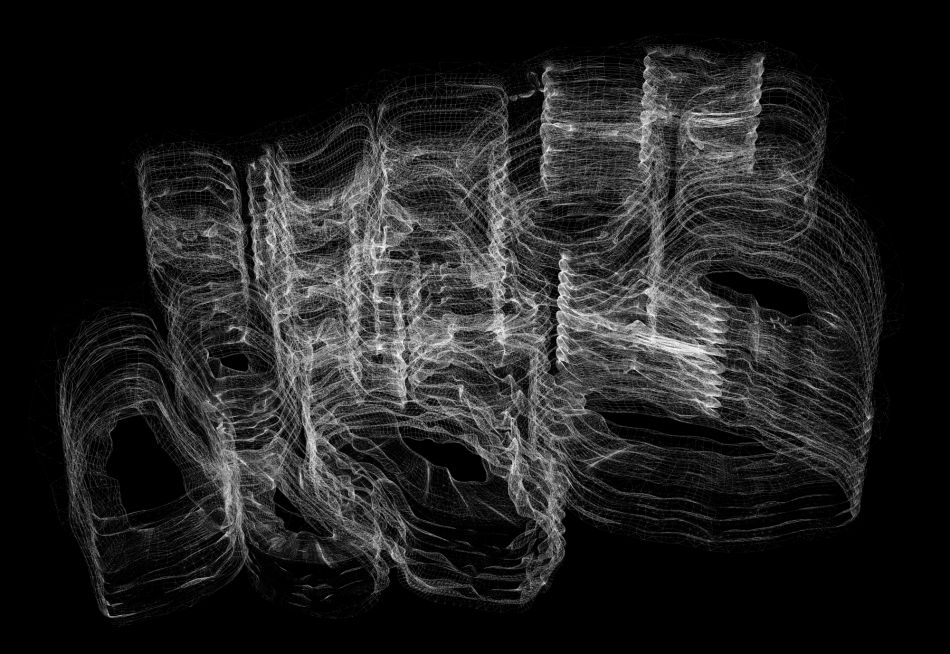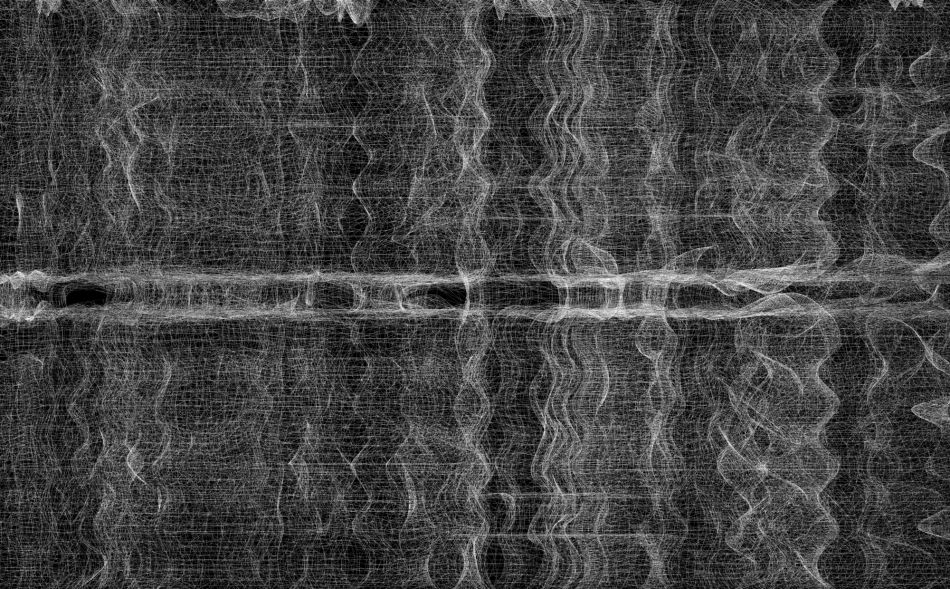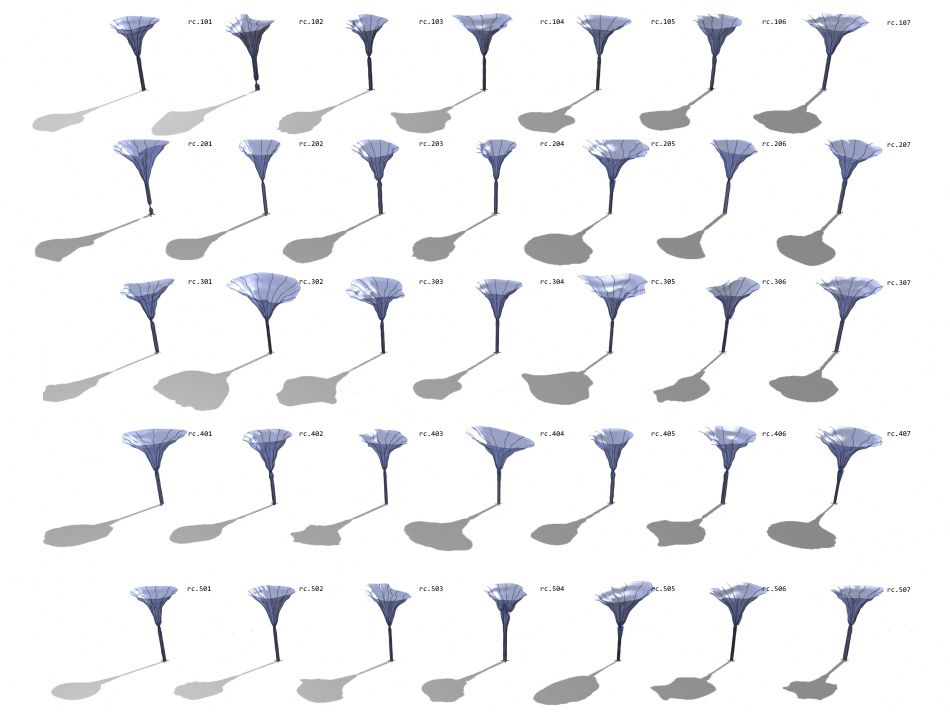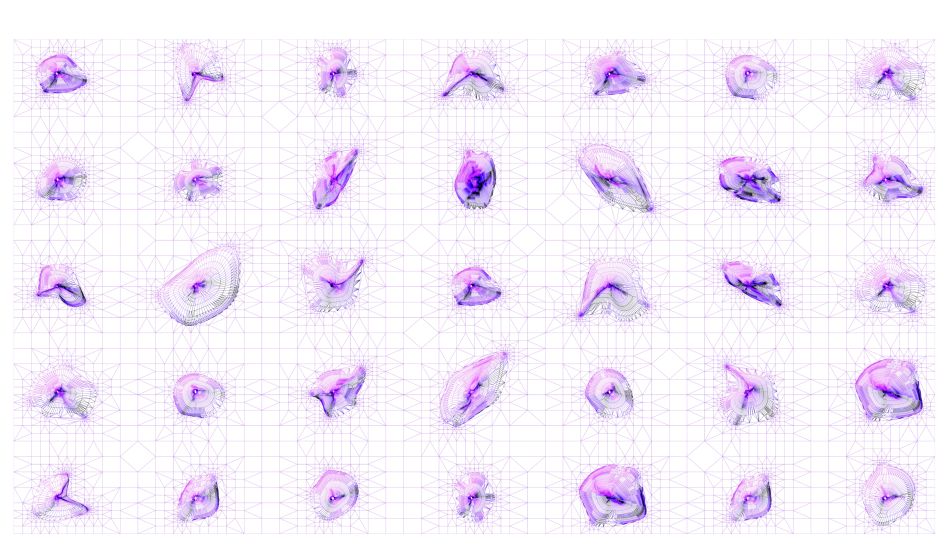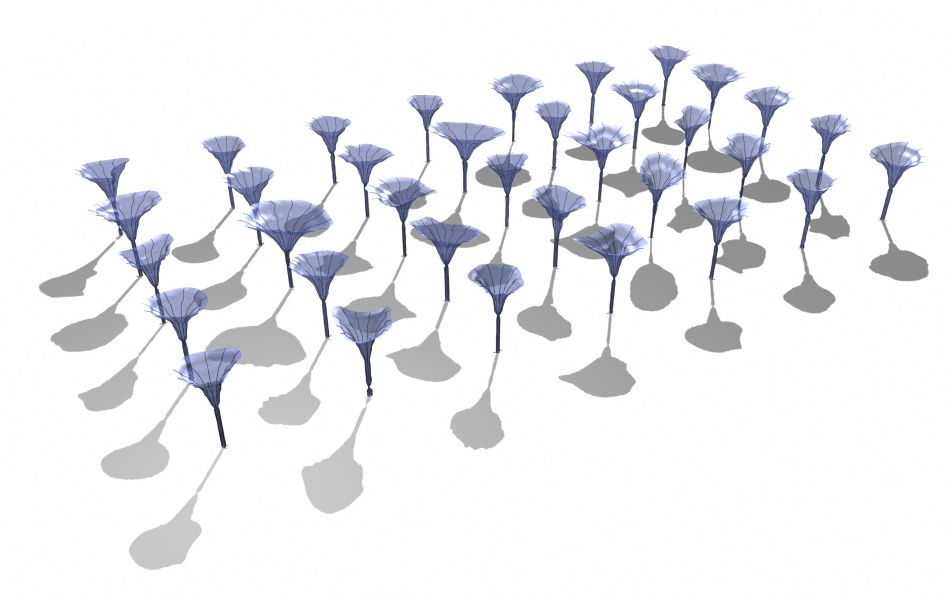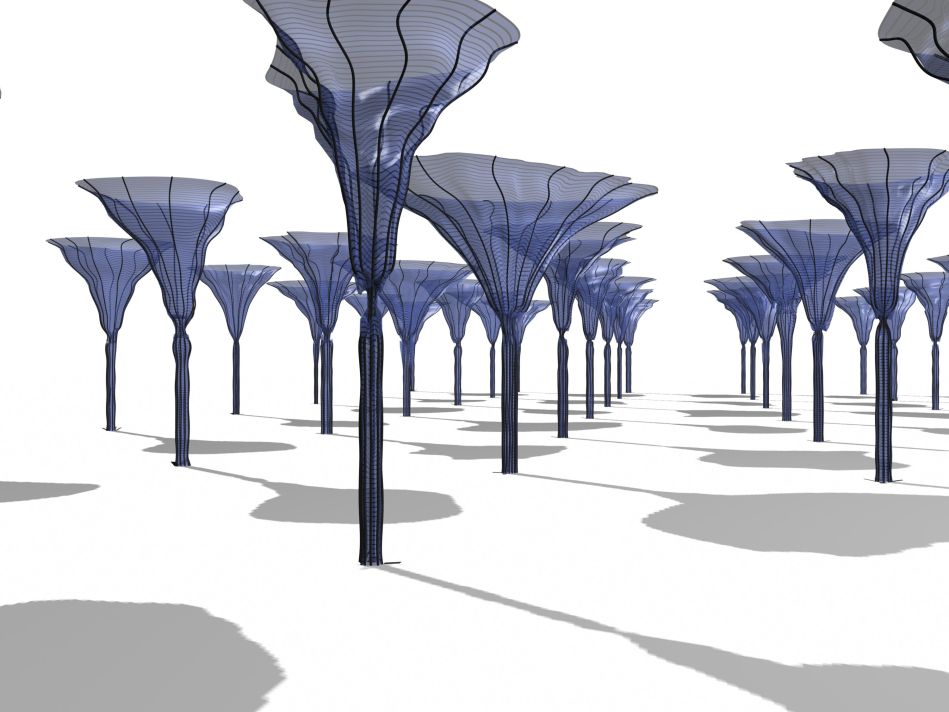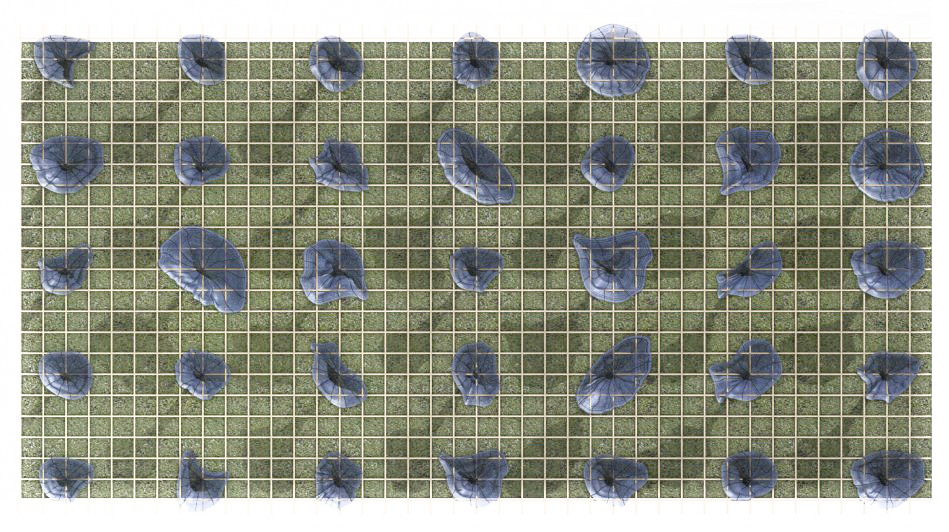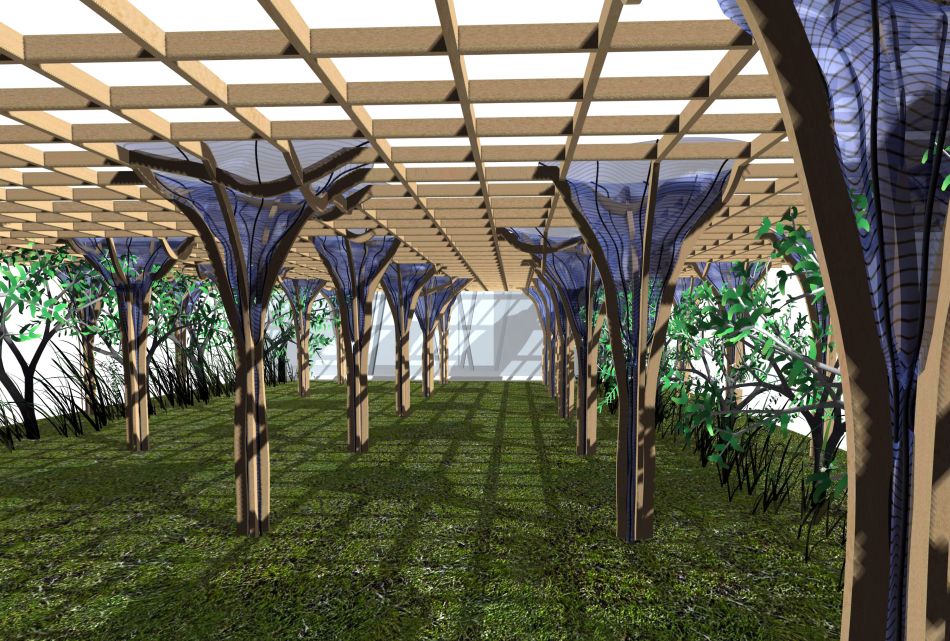Technological developments have multiple results in relation to architecture. The ability to observe at the micro level surely falls into this category: Cells and microbiological structures are offering a whole new world that can help us to develop new spatial relationships and understand space in a different way, going well beyond mere formal explorations. Cells are of course displaying unique forms that could be transferred to architecture, but they are also displaying ways of organization, ecological strategies and extremely efficient structural systems, all of which can inform architecture in different levels.
This research project uses as a case study for the above a specific cell: xylem vessels; how it functions and how its structure can be transferred in design thinking. Xylem vessels are cells that are present in most plants. Their function is to transfer water from the ground to the upper part of the plant. The images above show several digital models of the cells that explore the way they are formed and structured.
One single unit of the cell is isolated and manipulated in order to be transformed into something new, that on one hand will share the formal language and some of properties of the cell (namely, that of transferring water), on the other hand it will have a new function in an architectural context. The cell is transformed into a rain collector:
The unit (the rain collector) is multiplied again and a system of rain collectors is formed. The collectors were generated thought a dynamic “animated” process. The result is also dynamic: The collectors are opening or closing giving this way the possibility to the user to control the collection of the water.
| >>info: | |
| research: | Dimitris Gourdoukis |
| date: | 2005 |
